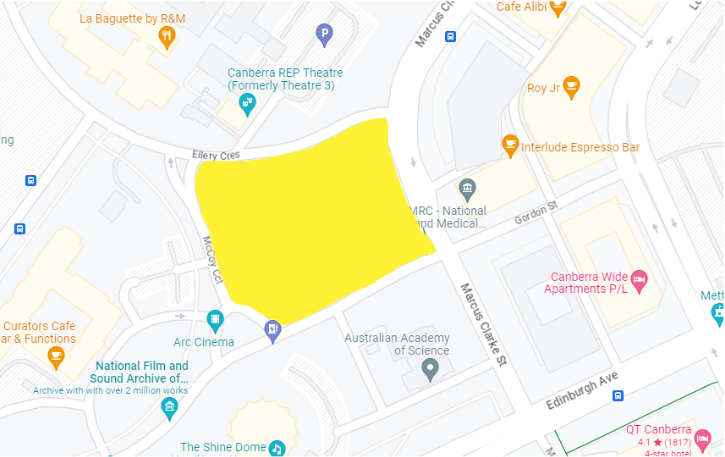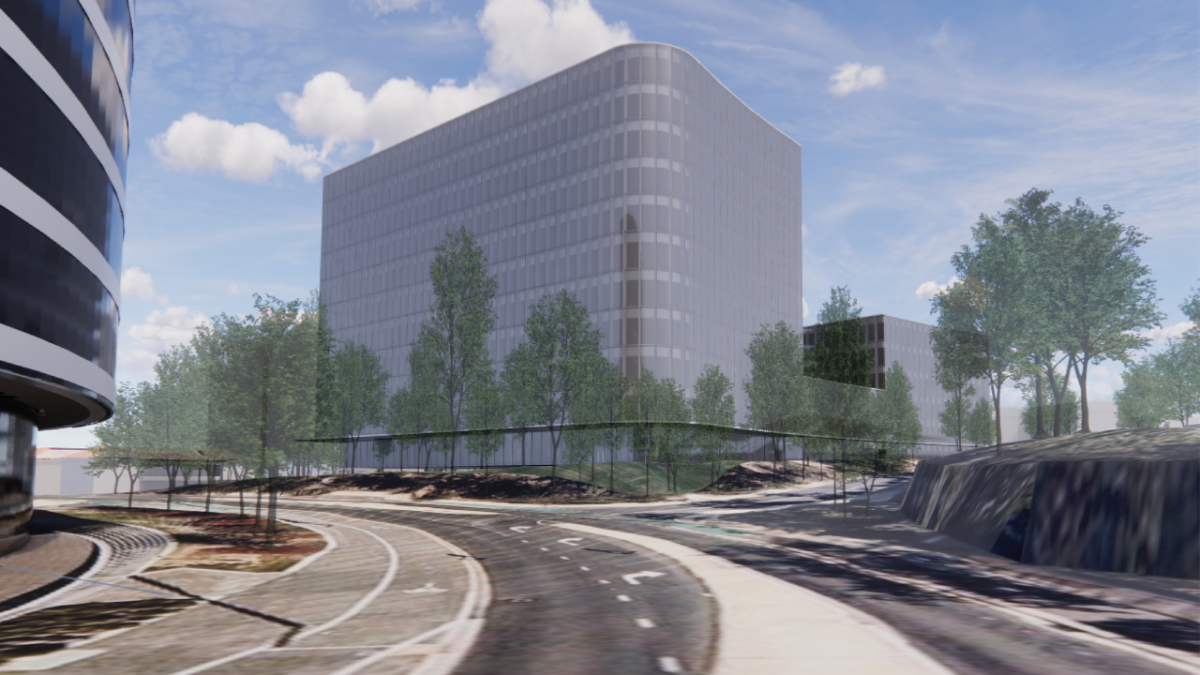The ANU has paid $16.75m to the ACT Government to purchase a block of land on Marcus Clarke Street with the intention of building a new health sciences precinct. ANU’s Vice-Chancellor, Brian Schmidt, stated that the ANU had included the purchase of land within its current budget. However, the development of the precinct is projected to cost hundreds of millions of dollars, which the ANU is seeking commercial partners to fund. Construction of the precinct is expected to be completed within six years.

This purchase comes after the ANU had a reported result of a deficit of $139.6 million in 2022. This means per week in 2022, the University was spending $2.25 million more than they were earning. In recent pay negotiations with staff, the NTEU has claimed that “staff have been told that the ANU is losing money, and that the cupboard is bare. This demonstrates the ANU can find money when they want to for land…”
Brian Schmidt personally responded via Twitter with a video which claimed that the amount required to purchase the land was “not material” to pay negotiations, as “it [the purchase of land] is not recurrent expenditure. Indeed, it is equivalent to less than 0.1% pay rise in a single year.” The NTEU responded to this claim both through a variety of memes (see below), and also by emphasising the “millions more [in cost] to develop” the precinct.
You can tell what an institution values by where it invests its money. #OurANU needs to invest in its staff, not in real estate. We’ve got 17 million reasons to join #ANUstrike – what’s yours? Join us 27 July. https://t.co/uT3f2PrX2E pic.twitter.com/32T9cF0Qit
— NTEU ACT (@NTEUACT) July 16, 2023
This spending came just two weeks before the ANU offered a revised pay deal of 18.5% rise over 4 years in enterprise bargaining. The NTEU rejected this offer, citing failures by the ANU to accurately measure, and improve upon, the high rates of casualisation on campus. During the staff strikes on Thursday 27th July, various speakers expressed outrage at the ANU’s purchase of land during negotiations by staff for better pay.
In a statement to Woroni, an ANU spokesperson attested that “Negotiations with the NTEU continue to be positive and respectful, and we are making good progress. We are confident of reaching an agreement with all parties soon.”
The development comes just two years after the creation of the ANU’s Change Implementation Plan for the College of Health and Medicine. During consultation on the plan, developed in response to the impact of COVID-19, the ANU proposed cutting recurrent funding to neuroscience, including ending all undergraduate and postgraduate neuroscience degrees, as “…these areas were disadvantaged relative to others in scale or connection to translational research opportunities…” Following significant backlash from academics and students, the ANU chose to retain neuroscience.
However, alongside the finalised Plan was an effective cut of $12 million in annual recurrent funding to the wider College, and a commitment by the ANU to conduct a “strategic planning process” that would review the viability of funding for neuroscience in the future. The University aimed to conclude the planning process by the end of 2022. In a statement to Woroni, an ANU spokesperson stated, “A strategic planning process is underway to establish the John Eccles Institute of Neuroscience, a University-wide institute that will harness excellence in fundamental, cognitive, computational, and philosophical neurosciences and related disciplines.”
It would appear that the strategic future of neuroscience at the ANU is therefore still under consideration, while the ANU purchases a block of land intended to “house the university’s world-leading expertise in public health, epidemiology, medicine, and psychology, as well as translate research into treatments available to the public.”
Ultimately, students may question how the ANU best spends its resources – should the University focus first on its staff and colleges, or take up what it describes as “an opportunity we could not afford to miss.”
We acknowledge the Ngunnawal and Ngambri people, who are the Traditional Custodians of the land on which Woroni, Woroni Radio and Woroni TV are created, edited, published, printed and distributed. We pay our respects to Elders past and present. We acknowledge that the name Woroni was taken from the Wadi Wadi Nation without permission, and we are striving to do better for future reconciliation.
